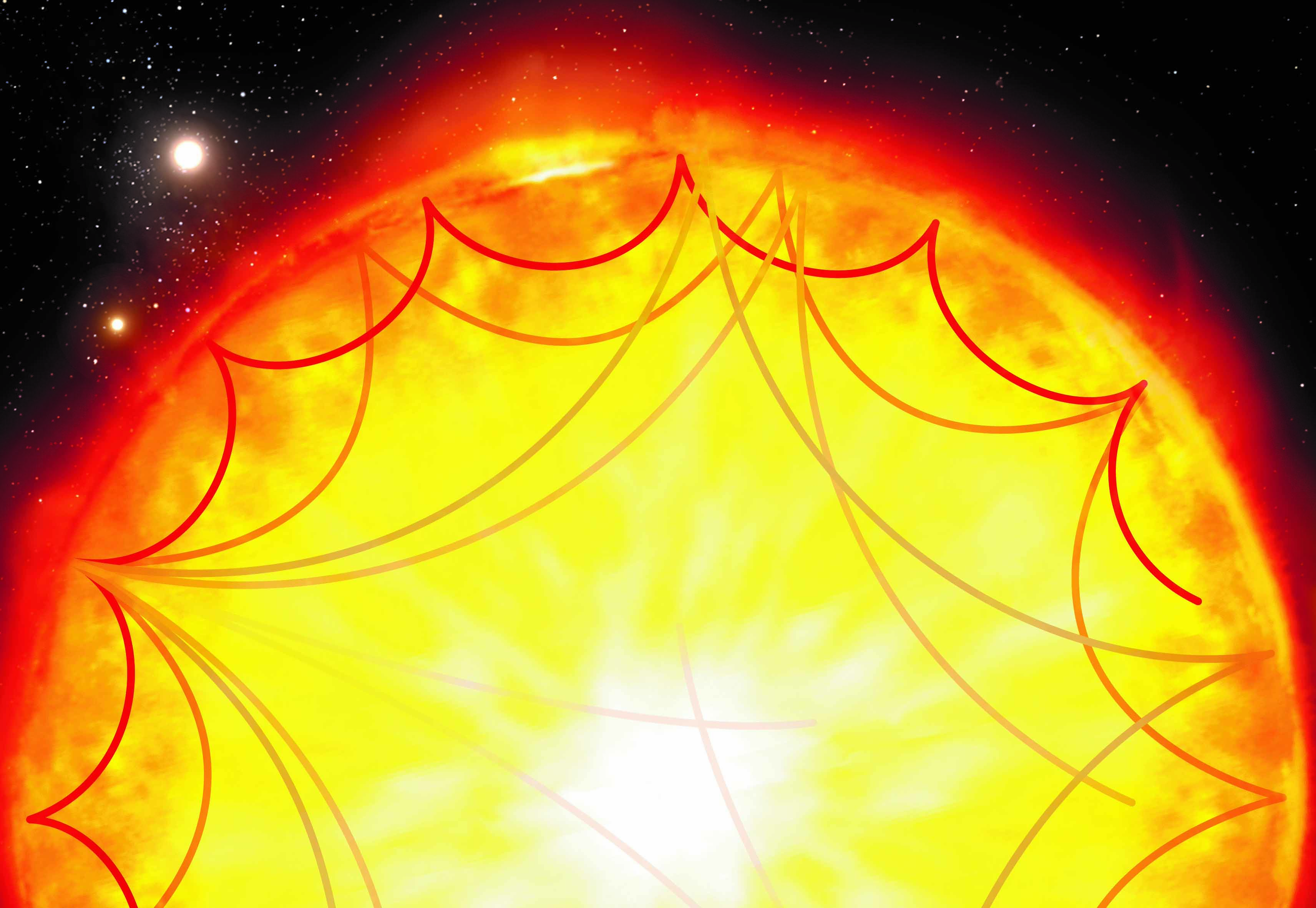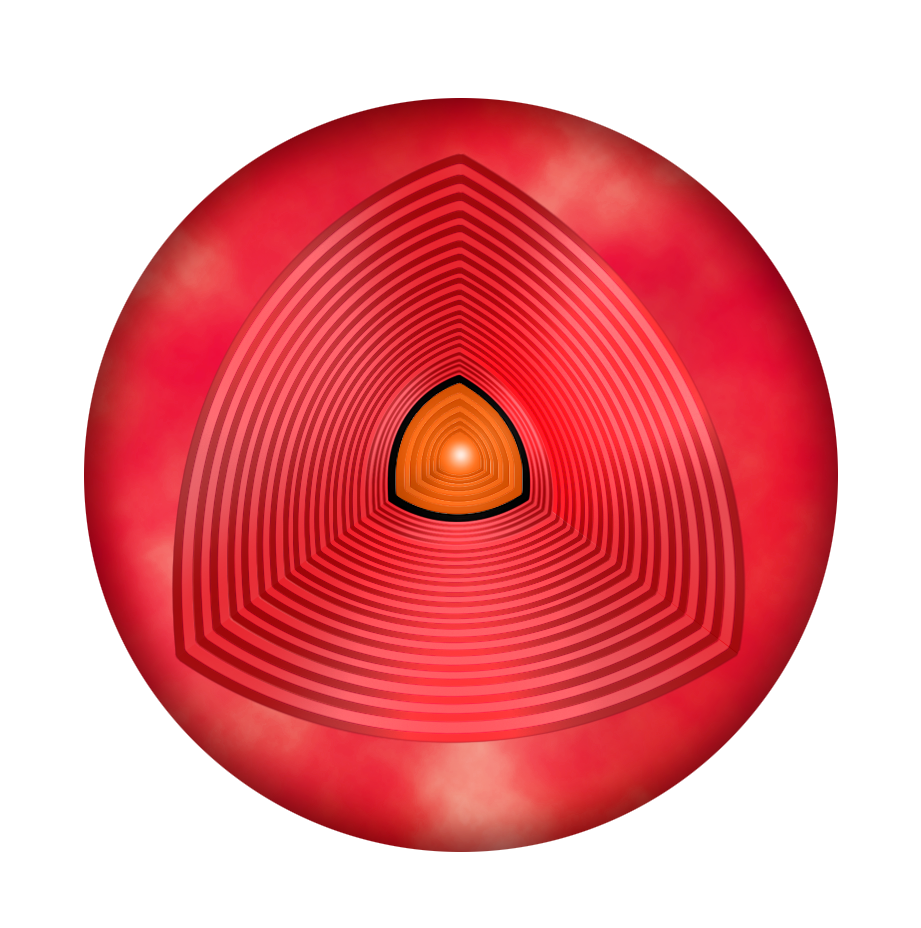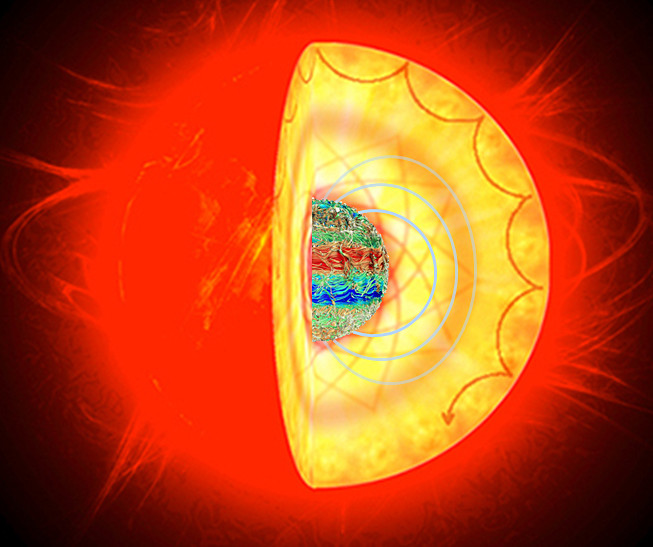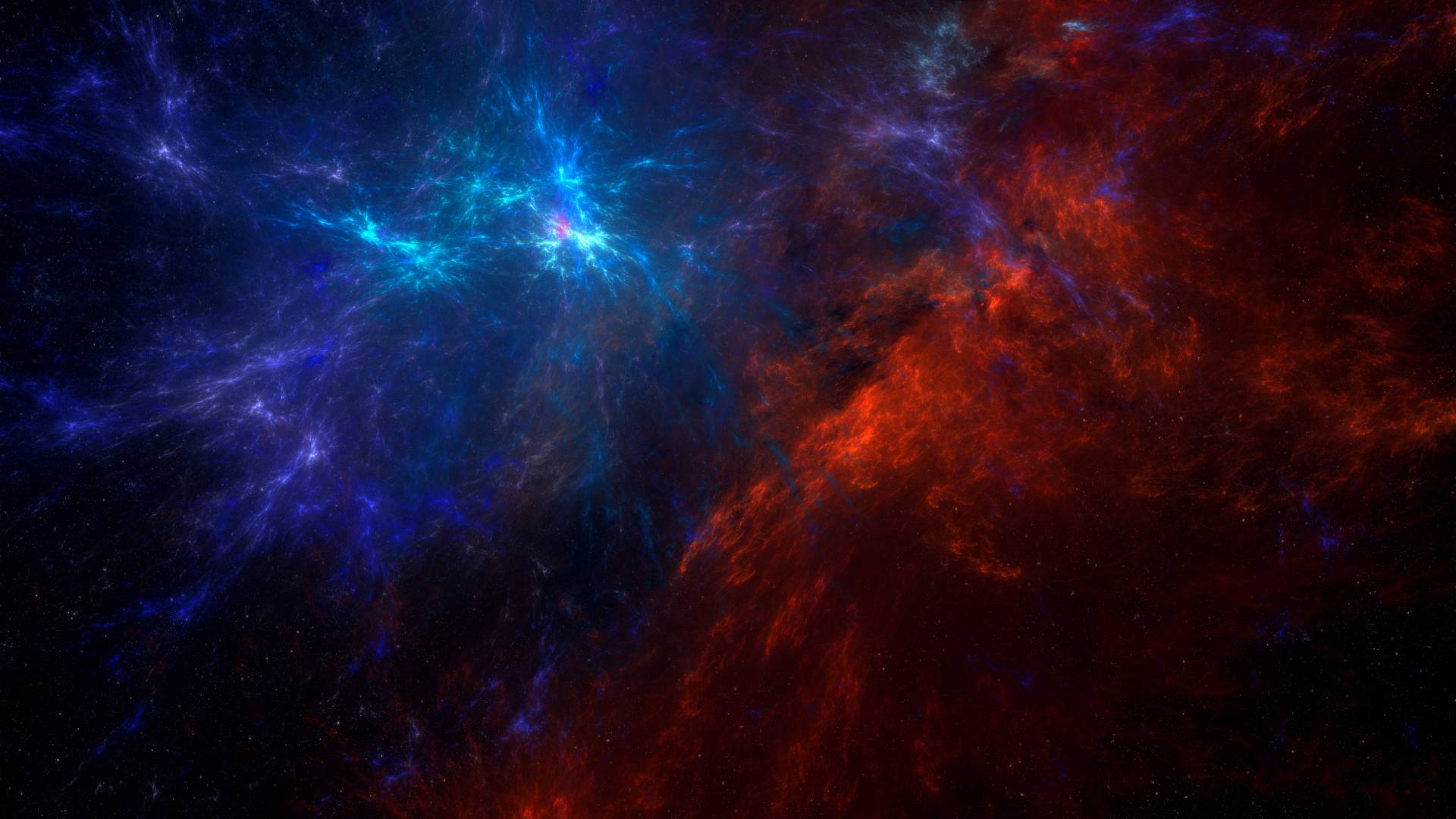Have you ever wondered: How do we know what’s happening inside distant stars we can’t even touch?
At spaceyv, we love exploring the mind-blowing ways scientists uncover the hidden workings of the universe. One of the most fascinating — and surprisingly underappreciated — tools astronomers use is called asteroseismology, the study of starquakes.
Yes, you read that right: stars can quake, just like Earth! And by studying these cosmic vibrations, scientists can peer deep inside stars, revealing secrets about their age, structure, and even the history of the universe itself.
In this article, we’ll break down what asteroseismology is, why starquakes matter, and how they’re reshaping our understanding of the cosmos. Get ready for a journey that mixes physics, sound waves, and the music of the stars!
🌟 What Is Asteroseismology?
Asteroseismology is the science of studying oscillations (or vibrations) inside stars.
When a star vibrates, waves ripple through its hot plasma, creating surface movements and changes in brightness — similar to how seismic waves ripple through Earth during an earthquake.
Scientists call these vibrations starquakes.
Just as geologists use earthquakes to probe Earth’s interior, astronomers use starquakes to probe the hidden layers inside stars. By analyzing how a star pulses, we can learn:
✅ Its internal density and temperature
✅ Its chemical composition
✅ Its rotation speed
✅ Its evolutionary stage and estimated age
In short, asteroseismology lets us look inside stars without ever leaving Earth.

🔊 How Do Starquakes Work?
Here’s a simple explanation of what happens inside a star:
-
Stars are giant balls of plasma — superheated gas where atoms are stripped of their electrons.
-
Inside, energy moves outward from the core through convection (boiling-like motion) and radiation.
-
This energy creates pressure waves and gravity waves that bounce around inside the star, causing it to oscillate or “ring” like a giant bell.
These oscillations slightly change the star’s brightness and surface movements, which can be measured by space telescopes like Kepler, TESS, and CoRoT.
By studying the frequency, pattern, and speed of these waves, scientists can reverse-engineer what’s happening deep inside. It’s like listening to the sound of a musical instrument to figure out its shape and materials — but on a cosmic scale.
🕵️♂️ Why Do Starquakes Matter?
At spaceyv, we think starquakes are one of the coolest ways we unlock cosmic secrets. Here’s why they’re so important:
✅ Reveal Star Ages
Determining the age of a star is notoriously difficult, but asteroseismology provides clues from its internal vibrations — helping us understand how old it is and where it is in its life cycle.
✅ Improve Exoplanet Science
When we study stars that host exoplanets, knowing the star’s precise properties helps us better estimate the size, mass, and habitability of its planets.
✅ Refine Stellar Models
By comparing real starquake data to theoretical models, astrophysicists can refine their understanding of how stars evolve, from formation to supernova.
✅ Explore the History of the Milky Way
Studying the ages and distributions of many stars lets us piece together how our galaxy formed and evolved over billions of years.
✅ Test Extreme Physics
Starquakes even let scientists test how matter behaves under extreme pressures and temperatures, far beyond anything we can replicate in labs on Earth.
💡 Unique Idea: Listening to the Music of the Stars
Here’s a fun and fascinating angle you might not know.
Some scientists and artists have taken the oscillation data from stars and converted them into audible sound.
That’s right — they turn starquakes into music you can hear!
By shifting the frequencies into the human hearing range, we can literally listen to stars “singing.” Each star has its own unique voice, determined by its size, mass, and internal structure. This opens up creative opportunities in science communication, art, and even music composition, blending astronomy with human culture.
At spaceyv, we think this makes asteroseismology not just a scientific tool, but a universal language connecting us emotionally to the cosmos.

🔬 How Do We Measure Starquakes?
Space missions have been crucial to advancing asteroseismology:
🚀 CoRoT (2006–2013)
The French-led mission first detected oscillations in giant stars.
🚀 Kepler (2009–2018)
NASA’s Kepler mission monitored over 150,000 stars, revolutionizing both exoplanet science and asteroseismology. It provided data on thousands of oscillating stars.
🚀 TESS (2018–present)
NASA’s TESS mission continues the hunt, focusing on nearby bright stars and providing fresh data for asteroseismic analysis.
These telescopes track tiny variations in a star’s brightness, capturing its pulsations over time. Powerful computers then analyze the wave patterns, extracting the frequencies and matching them to models of stellar interiors.
🌌 What Have We Discovered?
Thanks to asteroseismology, we’ve already learned some astonishing things:
✨ We can measure the cores of stars, not just their surfaces — revealing where nuclear fusion happens.
✨ We’ve found red giants (dying stars) that still have fast-rotating cores, offering clues about stellar evolution.
✨ We’ve identified stellar ages with unprecedented precision, helping map the Milky Way’s history.
✨ We’ve improved exoplanet estimates, because knowing a host star’s size and mass gives better measurements of its planets.
✨ We’ve even tested models of exotic stars, like subdwarf B stars and white dwarfs, using their pulsations.
🌠 The Future of Asteroseismology
At spaceyv, we’re excited about where this field is heading.
Future missions like PLATO (ESA, launching in 2026) will monitor hundreds of thousands of stars with even greater precision, targeting bright stars and exoplanet hosts. This will massively expand our database of starquakes.
We’re also seeing the rise of machine learning and AI to analyze asteroseismic data faster and more accurately, unlocking hidden patterns that human eyes might miss.
In the future, asteroseismology could help us study not just individual stars, but entire stellar populations, galaxy structures, and maybe even strange cosmic objects we haven’t discovered yet.
🌍 Why Should You Care?
Why does this all matter to everyday life? Here’s why:
✅ It connects us to the universe — showing that even distant stars have a rhythm we can study, understand, and even hear.
✅ It deepens our knowledge of where we came from — since the atoms in your body were forged in stars that lived, vibrated, and died billions of years ago.
✅ It pushes science forward — advancing not just astronomy, but physics, computing, and engineering.
At spaceyv, we believe asteroseismology is a perfect example of human curiosity transforming into knowledge that enriches our entire species.



